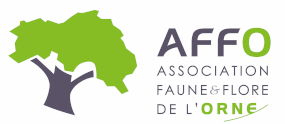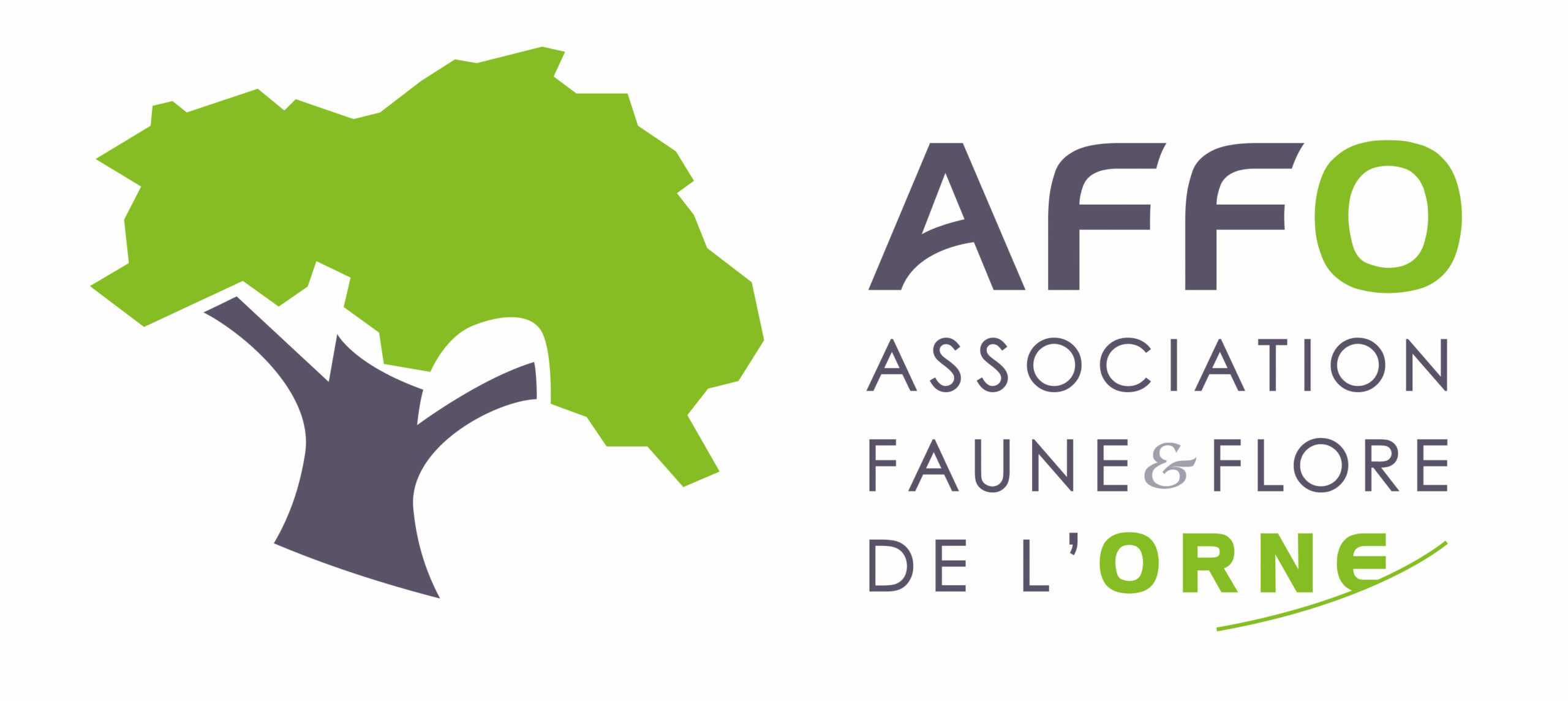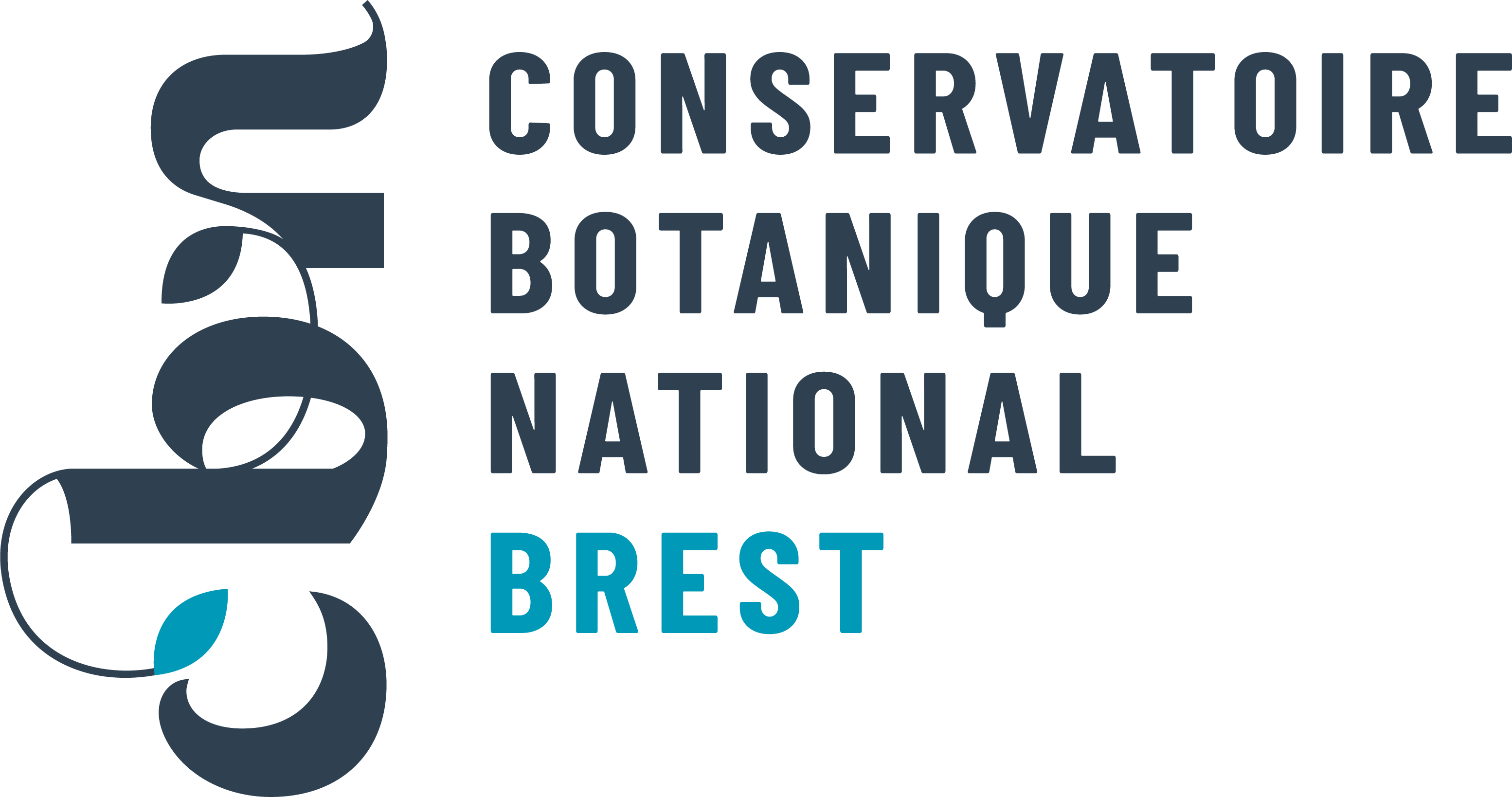Orchis mâle
Orchis mascula (L.) L., 1755
Où cette espèce a-t-elle été observée ?
 Attention : cette espèce peut être présente où il n’y a pas de maille, mais à ce jour elle n’y a pas encore été observée.
Attention : cette espèce peut être présente où il n’y a pas de maille, mais à ce jour elle n’y a pas encore été observée.
- 440 observations
-
109
communes -
67
observateurs
12
organismes -
Première observation
1960 -
Dernière observation
2025
Appenai-sous-Bellême - Arcisses - Argenvilliers - Authon-du-Perche - Bazoches-sur-Hoëne - Beaulieu - Beaumont-les-Autels - Belforêt-en-Perche - Bellavilliers - Bellou-le-Trichard - Berd'huis - Bizou - Bonsmoulins - Bretoncelles - Ceton - Champeaux-sur-Sarthe - Champrond-en-Perchet - Chapelle-Guillaume - Chapelle-Royale - Charencey - Chassant - Chemilli - Comblot - Combres - Corbon - Coulimer - Courgeon - Courgeoût - Cour-Maugis sur Huisne - Crulai - Dame-Marie - Digny - Feings - Fontaine-Simon - Happonvilliers - Igé - Irai - La Chapelle-Montligeon - La Chapelle-Souëf - La Croix-du-Perche - La Ferté-Vidame - La Framboisière - La Gaudaine - La Madeleine-Bouvet - La Mesnière - La Puisaye - La Ventrouze - Le Mage - Le Pas-Saint-l'Homer - Le Pin-la-Garenne - Les Aspres - Les Autels-Villevillon - Les Étilleux - Les Genettes - L'Hôme-Chamondot - Loisail - Longny les Villages - Manou - Marolles-les-Buis - Mauves-sur-Huisne - Meaucé - Miermaigne - Montgaudry - Montlandon - Mortagne-au-Perche - Moutiers-au-Perche - Nogent-le-Rotrou - Parfondeval - Perche en Nocé - Pervenchères - Pouvrai - Rémalard en Perche - Réveillon - Sablons sur Huisne - Saint-Aquilin-de-Corbion - Saint-Aubin-de-Courteraie - Saint-Bomer - Saint-Cyr-la-Rosière - Saint-Denis-sur-Huisne - Sainte-Céronne-lès-Mortagne - Saint-Éliph - Saint-Germain-de-la-Coudre - Saint-Germain-de-Martigny - Saint-Germain-des-Grois - Saint-Hilaire-le-Châtel - Saint-Hilaire-sur-Erre - Saintigny - Saint-Jean-Pierre-Fixte - Saint-Jouin-de-Blavou - Saint-Langis-lès-Mortagne - Saint-Mard-de-Réno - Saint-Martin-des-Pézerits - Saint-Martin-du-Vieux-Bellême - Saint-Maurice-Saint-Germain - Saint-Ouen-de-Sécherouvre - Saint-Pierre-la-Bruyère - Saint-Quentin-de-Blavou - Saint-Victor-de-Buthon - Senonches - Soligny-la-Trappe - Souancé-au-Perche - Thiron-Gardais - Tourouvre au Perche - Trizay-Coutretot-Saint-Serge - Val-au-Perche - Vaupillon - Verrières - Vichères - Villiers-sous-Mortagne
-
Association Faune & Flore de l'Orne (AFFO)
Participation à 248 Observations
Part d'aide à la prospection : 56.36 %
Fiche organisme
-
PNR et géoparc mondial UNESCO Normandie-Maine
Participation à 98 Observations
Part d'aide à la prospection : 22.27 %
Fiche organisme
-
Conservatoire Botanique National de Brest (CBNB)
Participation à 98 Observations
Part d'aide à la prospection : 22.27 %
Fiche organisme
-
Ministère de la Transition écologique et de la Cohésion des territoires
Participation à 53 Observations
Part d'aide à la prospection : 12.05 %
Fiche organisme
-
Muséum national d'Histoire naturelle (MNHN)
Participation à 50 Observations
Part d'aide à la prospection : 11.36 %
Fiche organisme
-
Société Française d'Orchidophilie (SFO)
Participation à 50 Observations
Part d'aide à la prospection : 11.36 %
Fiche organisme
-
Conservatoire botanique national du Bassin parisien (CBNBP)
Participation à 48 Observations
Part d'aide à la prospection : 10.91 %
Fiche organisme
-
PNR du Perche
Participation à 46 Observations
Part d'aide à la prospection : 10.45 %
Fiche organisme
-
UMS PatriNat (OFB-CNRS-MNHN)
Participation à 42 Observations
Part d'aide à la prospection : 9.55 %
Fiche organisme
-
Institut floristique franco-belge (IFFB)
Participation à 5 Observations
Part d'aide à la prospection : 1.14 %
Fiche organisme
-
Système mondial d’information sur la biodiversité (GBIF)
Participation à 1 Observation
Part d'aide à la prospection : 0.23 %
Fiche organisme
Informations espèce
Cette orchidée affectionne les prés et les sous-bois de basse à moyenne altitude.
Source : Biodiv'Écrins, Parc national des Écrins
E1.714 : Bohemian orchid-matgrass swards
G1.A171 : Chênaies-charmaies calciphiles subatlantiques à Troène
Répartition actuelle en France métropolitaine
© INPN - Avertissement : les données visualisables reflètent l'état d'avancement des connaissances et/ou la disponibilité des données existantes au niveau national : elles ne peuvent en aucun cas être considérées comme exhaustives.
Répartition actuelle dans le monde
Avertissement : les données visualisables reflètent l'état d'avancement des connaissances et/ou la disponibilité des données existantes au niveau mondial : elles ne peuvent en aucun cas être considérées comme exhaustives.














